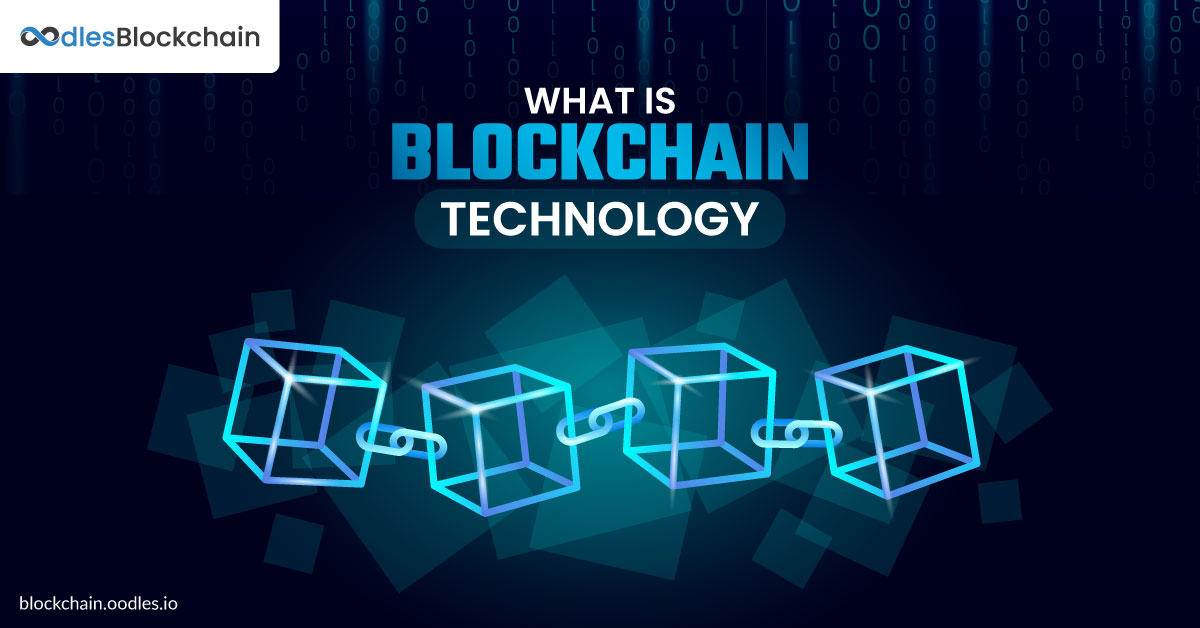-
What is Blockchain Technology?
There are no simple definitions available over the web that can exactly explain what is blockchain technology. However, here's an attempt to make you as well as the uninitiated to understand Blockchain. It is a technology that allows data to be stored and exchanged on a peer-to-peer (P2P) basis. It is used in a decentralized manner, which removes the need for intermediaries or third parties to validate transactions.
Blockchain emerged from the merger of two concepts;
- Asymmetrical cryptography, which allows the use of a paired public and private key system
- Distributed IT architecture (especially P2P)
Asymmetrical cryptography uses public and private keys to encrypt and decrypt data. The system is based on a public key that can be made available to all and allows encrypted data to be sent to a third party.
The third-party accesses the encrypted data via a paired private key. The public key is similar to a bank account number, which can be provided to anyone. The private key, which remains secret, acts as the password to the same bank account.
A distributed system is a series of independent computers (nodes) that connect to a network and can communicate with each other. It is similar to the Internet, which has no central node. Downtime for one server does not affect other users.
The blockchain network is a P2P distributed system. Information is shared among different users in a shared manner. The blockchain is open-ended and operates in a decentralized, ongoing manner, thanks to consensus algorithms (notably "proof-of-work" and "proof-of-stake") which certify the information per block (unit). Users running these algorithms are known as miners. When a block gets validated, it is added to the blockchain and shared with the network. Blocks are connected to each other in such a way that if users wish to change one block, the entire blockchain must also be changed and that's how blockchain becomes secure.
These two pillars (asymmetrical cryptography and distributed IT architecture) make it possible to create a secure environment. They establish a new basis for trust and enable new ways of data exchange, new types of transactions, and new forms of contracts.
Types of Blockchain
- Public Blockchain
- Consortium Blockchain
- Private Blockchain
Public Blockchain
- Blocks are validated one after another and can't be modified.
- Network Node
- The network is open to any new participants
- All participants can participate in block validation
- All participants can read data contained in blocks' chains
Consortium Blockchain
- Blocks are validated one after another and can't be modified
- Permissioned nodes are allowed to participate in the consensus
- New nodes are accepted based on a consensus
- Blocks are validated according to predefined rules
- Read rights can be public or limited to certain nodes
Private Blockchain
- Blocks are validated by an authority and can be subsequently modified
- Nodes are chosen by the authority
- New nodes are accepted by the central authority
- Blocks are validated by the central authority
- Read rights may be limited by the central authority
Working of Blockchain: How does it work?

The above figure is a representation of how the blockchain technology works during the completion of any transaction.
To understand it clearly, let's take an example
Step 1. "A" wants to send money to "B"
Step 2. The transaction is represented as a block
Step 3. The block is broadcast to every node in the network
Step 4. Sufficient miners approve the transaction
Step 5. The transaction is added to Blockchain
Step 6. "B" receives the money
That is the basis of any transaction execution via a blockchain platform.
If you are looking to outsource your blockchain project to a blockchain development company, our blockchain app development services might provide the requisite assistance.

Our Offices
INDIA
Emaar Digital Greens, Sector 61,
Gurugram, Haryana
122011.
Welldone Tech Park,
Sector 48, Sohna road,
Gurugram, Haryana
122018.














